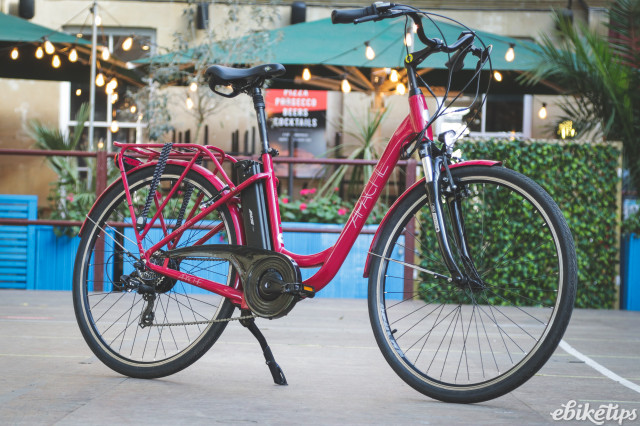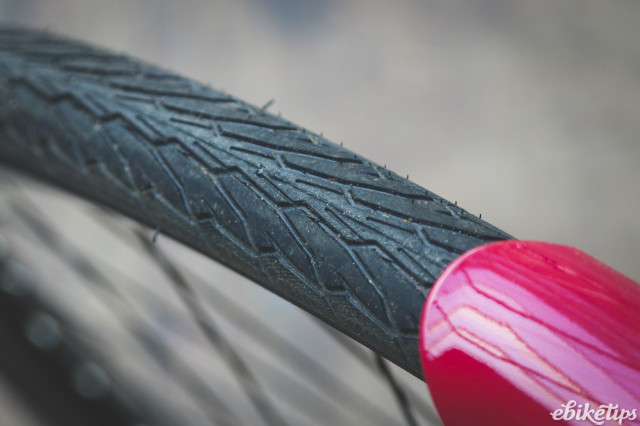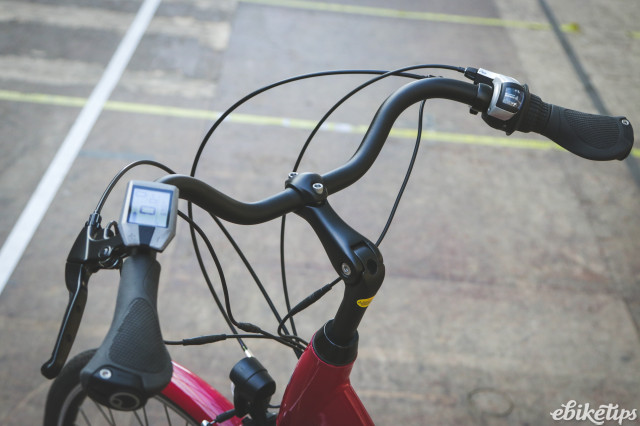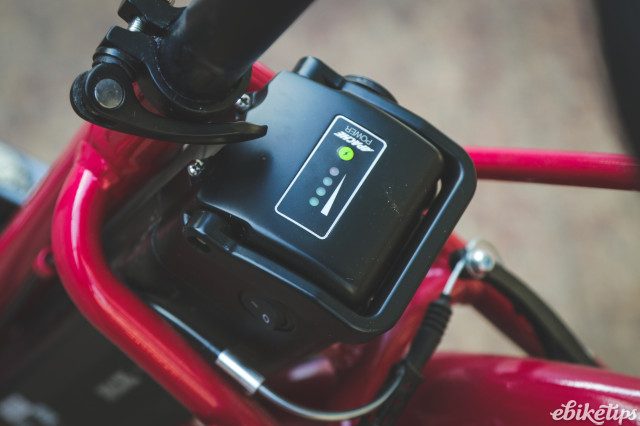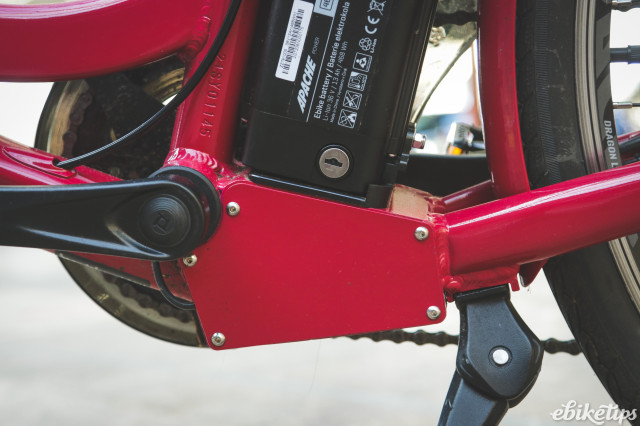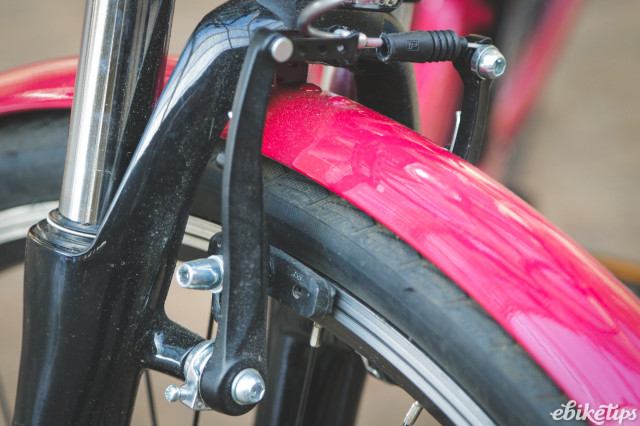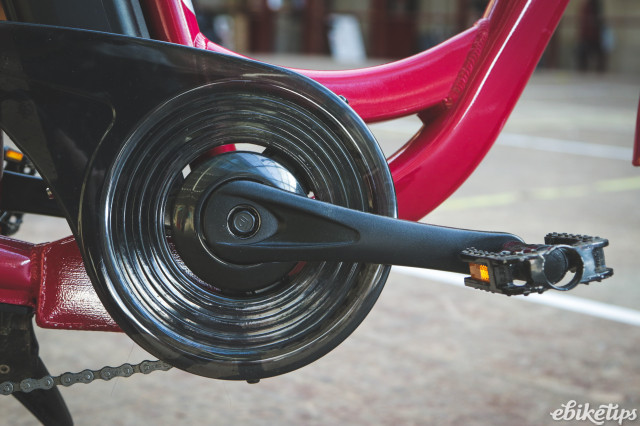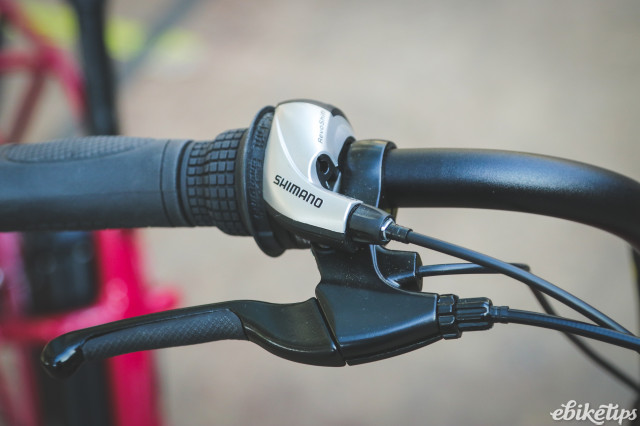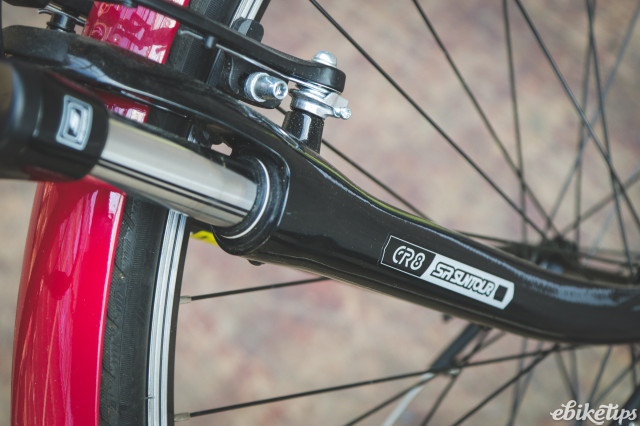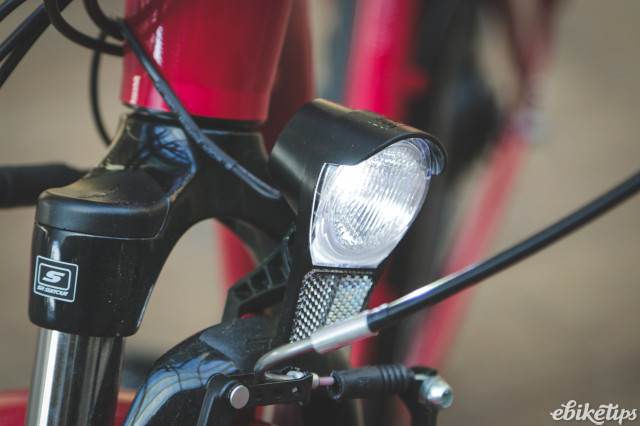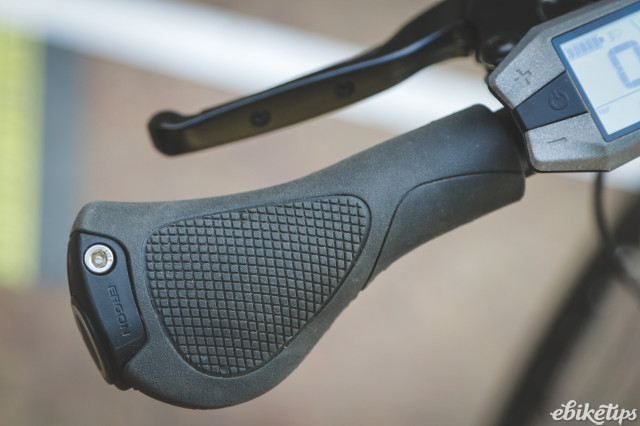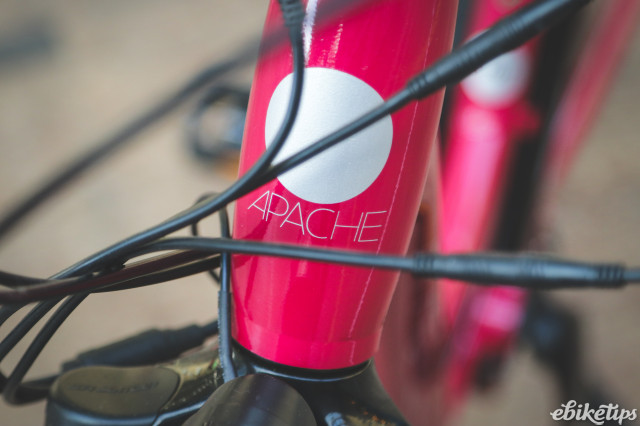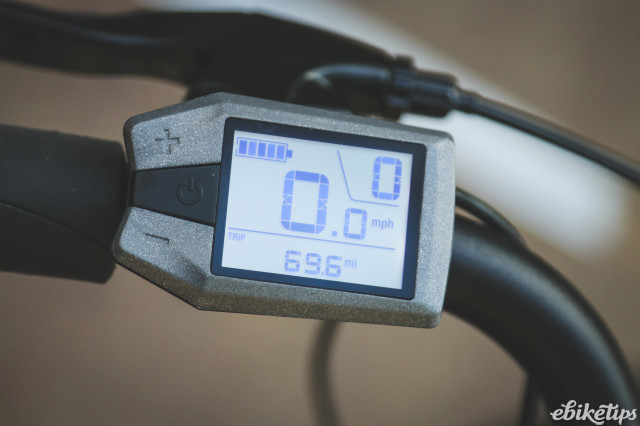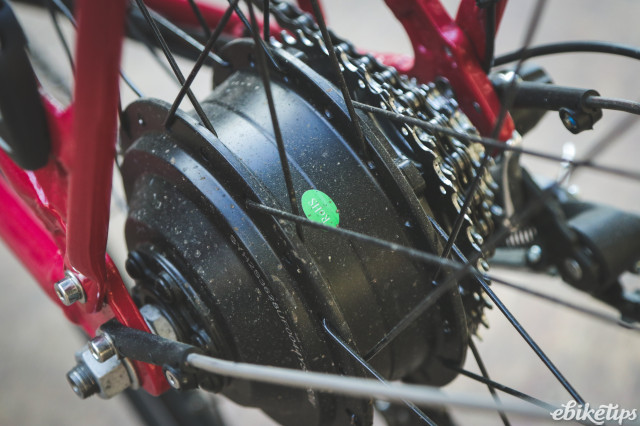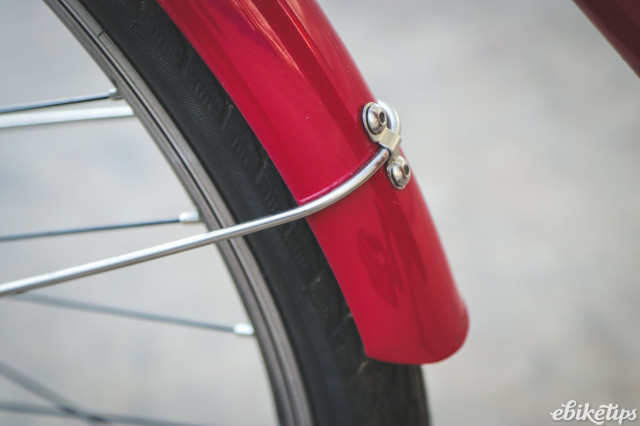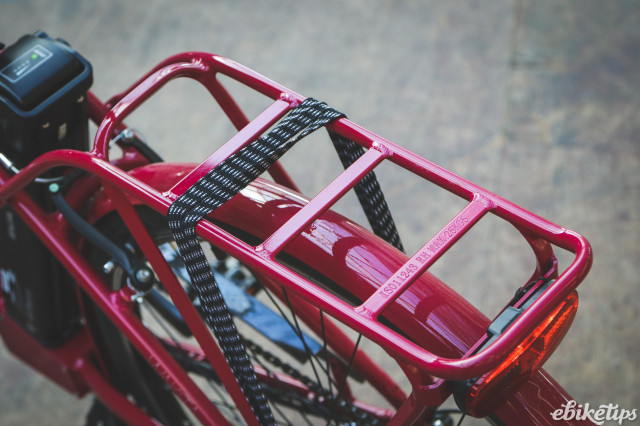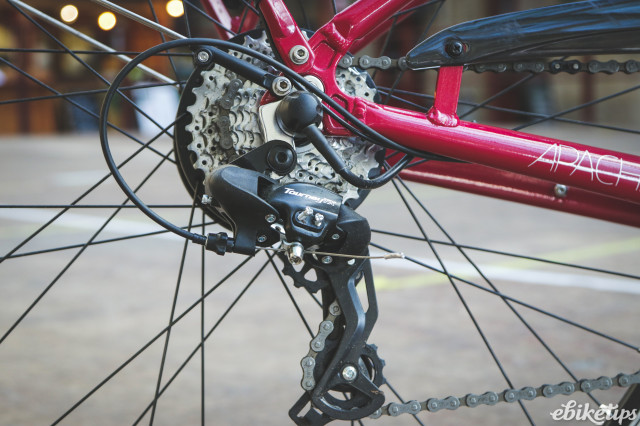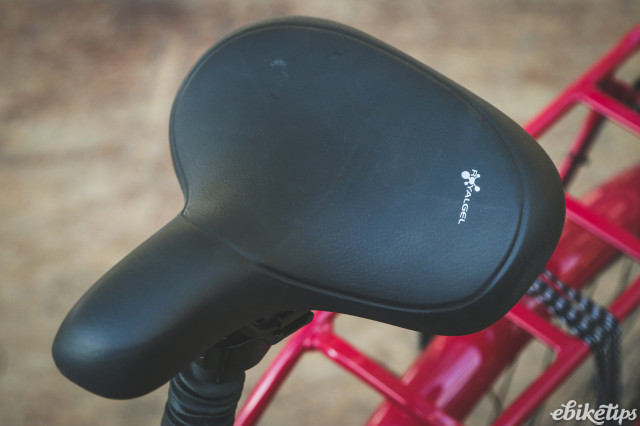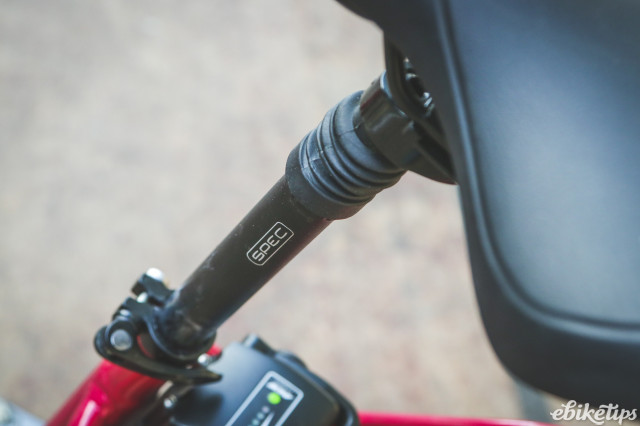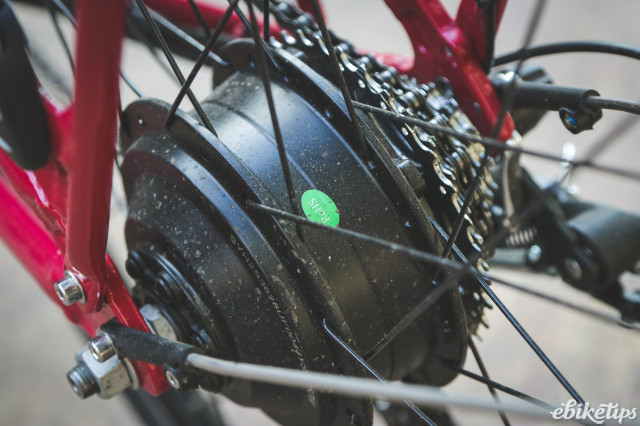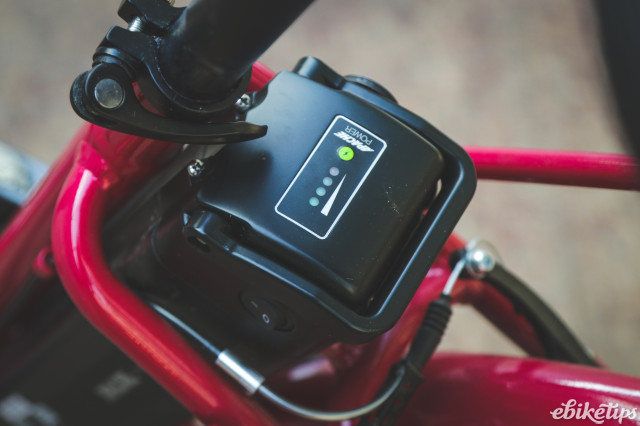Apache Wakita City
Overview
- Better than average motor system
- Fully kitted out for city riding
- Excellent contact points for a comfy ride
- Lower modes limit assistance to slower speeds
- Fork is poor
It’s hard to make a really good e-bike for £1,000, and the issues and extra costs associated with both Brexit and the ongoing pandemic have pushed prices of many products up, including bikes. These days £1,200 is the new £1,000, so has Apache managed to make a good e-bike for £1,199 with the Apache Wakita? Well, that’s a resounding yes. This is an excellent budget e-bike. There are compromises, of course, but for the money it’s a really good buy.
You probably haven’t heard of Apache; we hadn’t, until Rutland Cycling - who distribute the brand exclusively in the UK - asked us if we wanted to test one. On paper the Wakita doesn’t really look that exciting, to be honest: a step-through city bike with budget kit and a rear hub motor. You get an alloy frame, a cheap suspension fork, a 7-speed transmission and city finishing kit. The battery sits behind the seat tube and the motor system is controlled by a bar-mounted LCD. So far, so standard.
So what is it that makes the Wakita so good? What did Apache do right? Well, let’s start with the motor system. You’d expect a hub motor at this price, and that’s what you get. But it’s considerably better than many of the motors you get on bikes at this price. It’s a really eager unit, and on a full battery it made mincemeat of my benchmark climb, which gets up to 12% on the steep bit. I didn’t even need to go down to bottom gear, which is almost never a thing on a budget e-bike. Talking of the gears, it’s not a wide range but it’s perfectly positioned: many cheap bikes are hugely overgeared because the cheapest components lend themselves to big gears. Apache hasn’t fallen into that trap. It’s a cheap Shimano transmission, but as ever it was functionally excellent.
The LCD display gives you access to the five levels of assistance, which as ever with a cheaper bike is two too many. Levels 1 and 2 you might as well not bother with, and annoyingly the 3rd and 4th levels, though offering decent assistance, cut out well below the 15.5mph legal limit. I’ll never really understand why manufacturers set up their systems like that: just because I don’t need the full motor power doesn’t mean I want to creep along at 9mph. The cut-out of the motor at the assistance limit is a bit abrupt, too, but the motor pickup from a standstill is pretty good. It’s not instant, because cadence-sensing systems never are, but it’s more eager than most.
Most of the time I stuck the motor in the top two modes, and used like that the Wakita City is a lot of fun to ride. It’s a pretty upright bike, with small-diameter swept bars that have a bit of give in them and are nice and comfy. You get really good quality Ergon grips too, which is good spec at this price. The Selle Italia RoyalGel saddle is a good quality unit too. Getting the contact points sorted might seem like a small thing but it can make a massive difference to the experience of the bike.
The Wakita City gets a suspension seatpost, which is unusual for just over £1,000, and a suspension fork, which isn’t. The seatpost is actually pretty decent: There’s a bit of side-to-side movement at the saddle, but bump response is better than I was expecting. The fork is awful, of course, as they always are on bikes for this kind of money. It’s a SR Suntour CR-8V unit, which admittedly is a step up from the unbranded forks you often see on bikes like this, but it’s badly damped and flexible, and pointless: with your bodyweight so far back on the bike you’re barely putting any weight on the front of the bike anyway. The plus side of that is that you don’t really notice it’s bad, because most of the time it’s not doing anything.
Range-wise, the Wakita City sports a 468Wh battery, which is good capacity given the price. The motor system isn’t the most efficient, and three laps of my commute (26km, 500m climbing) on levels 4 and 5 was enough to get down to one bar of battery. The power delivery isn’t as well managed through the battery cycle as more expensive bikes: climbing the steep bit of the hill on two bars of battery requires significantly more effort than when the battery’s newly-charged. But on a flattish ride you’d easily get 50km out of this bike on a single charge, and for most of the target market for a bike like this that’s probably a week of riding at least. You can remove the battery for charging, or leave it in situ. Filling up is best done overnight.
The Wakita doesn’t get disc brakes, with Apache opting for V-brakes to save some money to spend elsewhere. They’re fine: forged alloy callipers built to a decent tolerance. The rear could do with an anti-compression housing on the cable run to make it a bit less spongy, but stopping wasn’t an issue, even in the wet. And when it’s wet you get full-length, colour-matched mudguards that are very sturdy and work very well. And you also get plumbed-in lighting which is really good at this price point. You won’t want to be roaring down unlit lanes at warp speed, but for running into town or a winter commute they’re plenty good enough to get you seen, and one less thing to remember. You also get a proper rear rack with a 25kg capacity, that’s also colour-matched to the frame, so you’re ready to load up with your work gear or your shopping. And you get a kickstand too, a decent adjustable one. And you get a good half-chaincase too, that covers the whole of the chainwheel. Basically what you’re getting is all the kit you want for day-to-day riding all year round. Apache even throws in a multitool for tweaking.
The Wakita isn’t perfect, because £1,200 is a price point where you’re going to have to compromise on some aspects of the overall experience. But my lasting impressions of this bike are very positive. It’s enjoyable to ride, the motor system is powerful, and everything works. The overall package is compelling: this is a bike you can unbox and ride all year, without having to buy anything else save for maybe a pannier for your shopping. It’s maybe not quite as versatile overall as the Rad Power Radrunner but it’s a different kind of bike that will appeal to a different sort of rider, and if you’re looking for an easy-to-use budget e-bike for general use then it’s definitely one I can recommend.
